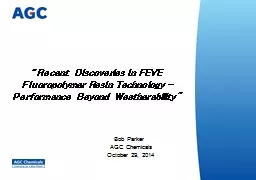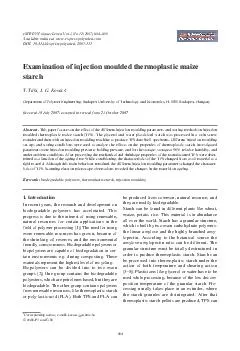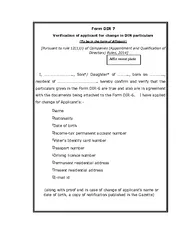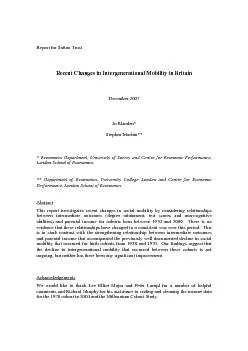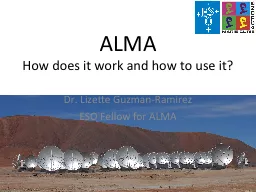PPT-“ Recent Discoveries
Author : ellena-manuel | Published Date : 2018-11-02
in FEVE Fluoropolymer Resin Technology Performance Beyond Weatherability Bob Parker AGC Chemicals October 29 2014 Recent Discoveries in FEVE Technology
Presentation Embed Code
Download Presentation
Download Presentation The PPT/PDF document "“ Recent Discoveries" is the property of its rightful owner. Permission is granted to download and print the materials on this website for personal, non-commercial use only, and to display it on your personal computer provided you do not modify the materials and that you retain all copyright notices contained in the materials. By downloading content from our website, you accept the terms of this agreement.
“ Recent Discoveries: Transcript
Download Rules Of Document
"“ Recent Discoveries"The content belongs to its owner. You may download and print it for personal use, without modification, and keep all copyright notices. By downloading, you agree to these terms.
Related Documents

